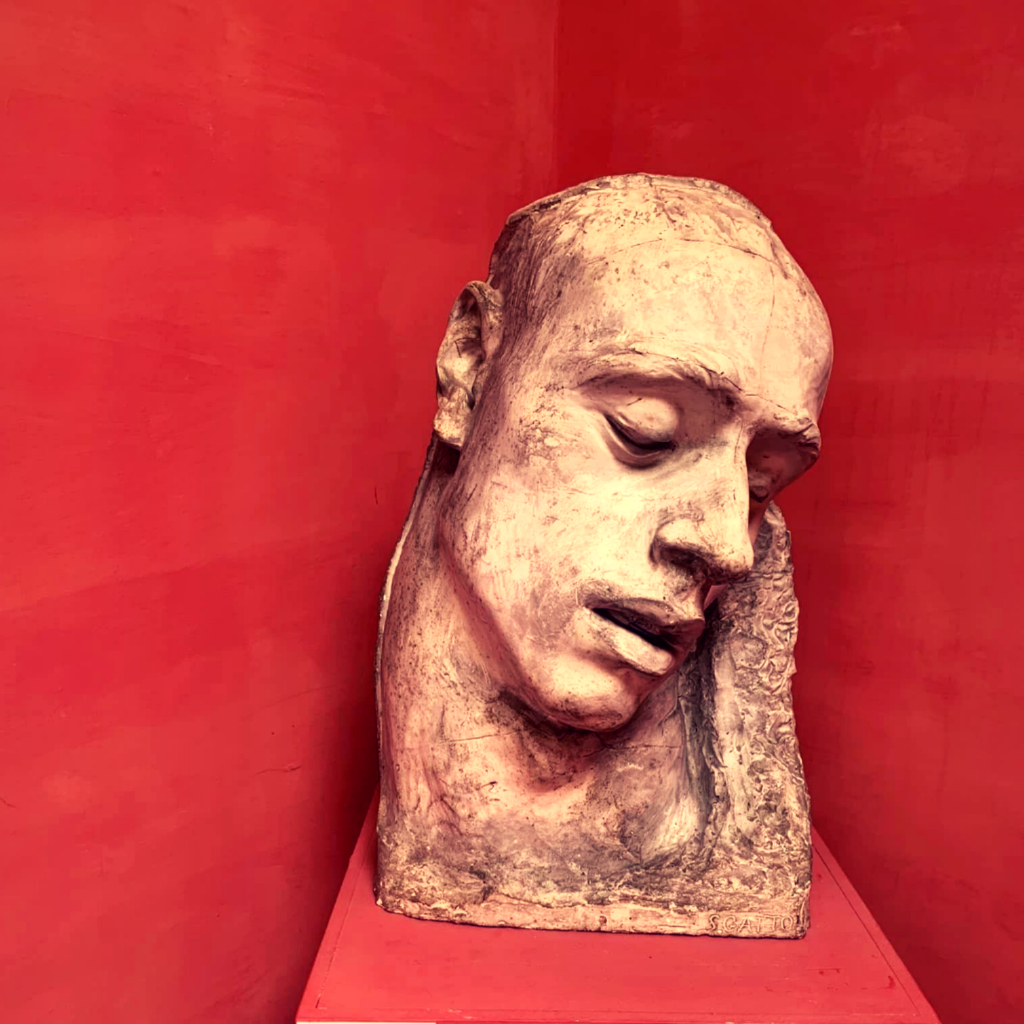The 23rd Concert is one of Mozart’s most intimate and spirited works, which somehow resembles an endlessly sad Clarinet Concert. The 23rd concert has some surprisingly brilliant simplicity in everything – from the form and choice of orchestral means (the composer avoids the loud trumpets and litters, and the tree gives this music special, lightly muted colors) to a content which is striking at the external simplicity of its depth. I think of it as the confession of a composer who is completely open to the listener. Where, though not here, to experience the “thrill of Mozart”.
Having settled in Vienna as a «free artist», for four years he wrote fifteen concerts, among them a Piano Concerto No. 23. Indeed, it is brilliant and profound. But the most famous is the second part, Adagio, which made this concerto the most popular of all 27 Mozart piano concerts.
The concert was created together with the opera «The Marriage of Figaro» and was finished on March 2, 1786. To him the words from another letter of Mozart are surprising: «It is concerts are something average between too difficult and too easy, in them there is a lot of shine, they are pleasant for hearing, but certainly do not fall into a void; some where satisfaction can be obtained only by connoisseurs…»
In the first part, there is a virtuous cadence written by Mozart himself in the score, and a totally innocent solo. The final rondo belongs to the category «pleasant for hearing», primarily due to its variety: it has at least seven different themes, which the soloist exchanges with the orchestra. But the most famous is the second part, inspired by Sicilian, which makes this concert the third century – the most popular of all 27 Mozart piano concerts.


